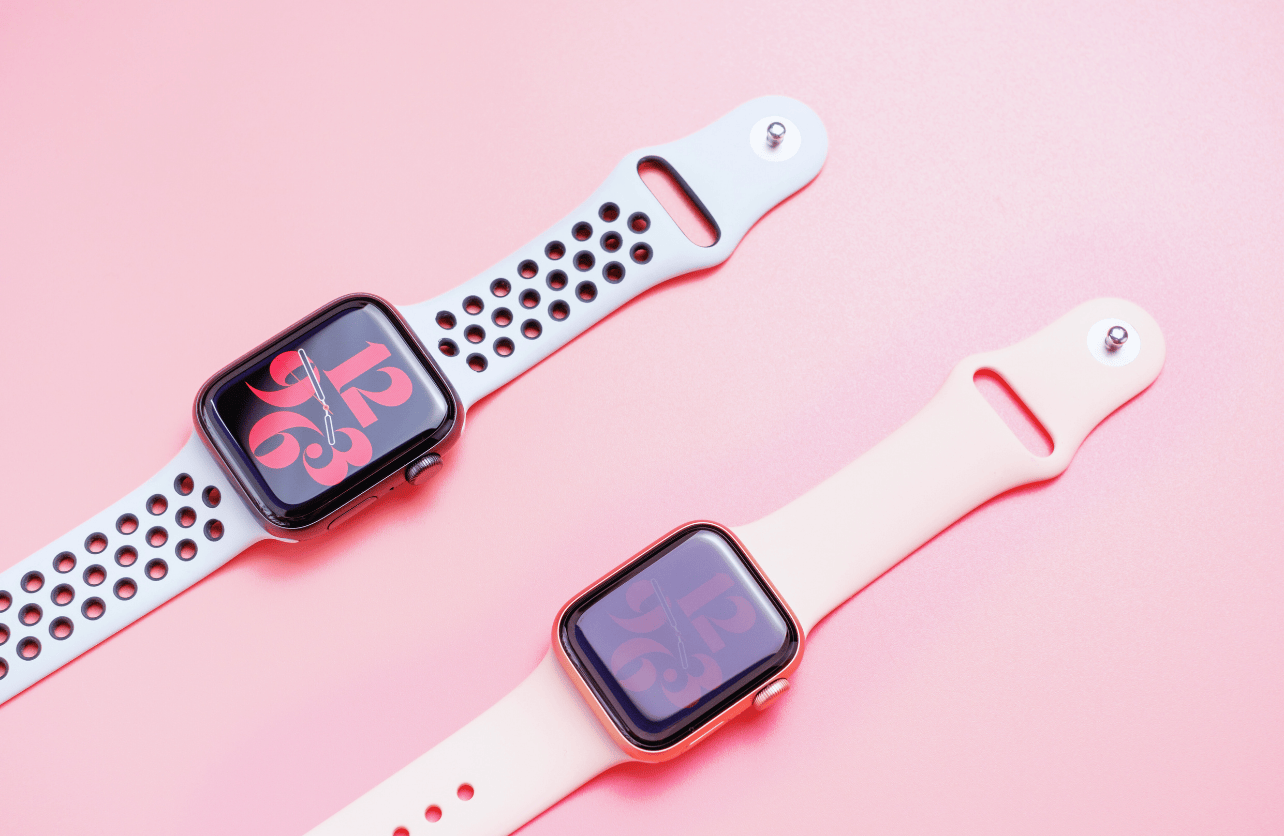My Brand New Apple Watch Sat in a Drawer for a Year, and I Regret Spending That Much on It

When I first purchased my Apple Watch 8, I was brimming with excitement. The sleek design, the promise of tracking my fitness goals, and the ability to check texts on my wrist felt like the ultimate tech upgrade. Fast forward a year, and it turns out my shiny new smartwatch had spent most of its time in a drawer, collecting dust. Now, every time I think about the money I spent on it, I can’t help but feel a twinge of regret.
The Hype That Got Me Hooked
I’ll admit, I was swept up in the hype. Everywhere I looked, people were singing the praises of the Apple Watch. Friends and coworkers were raving about closing their fitness rings, staying connected during meetings, and getting daily health metrics with ease. It wasn’t just a watch—it was a lifestyle. I wanted in.
When I finally made the purchase, I justified the price by telling myself it was an investment in my health, productivity, and convenience. At the time, spending a few hundred dollars felt well worth it.
Why It Ended Up in the Drawer
The idea of having something strapped to my wrist, pinging me with notifications all day, felt like the exact opposite of what I wanted in my life. I didn’t want another device to charge or maintain, and honestly, I liked the simplicity of just not having to care about one more gadget. I thought it would be fun to get Apple Watches and start a fitness challenge to keep us all motivated. It seemed harmless—a way to gamify health and maybe make workouts a bit more engaging.
And for a while, it worked. I was closing rings like my life depended on it. I got hooked on the little animations that made completing goals feel like leveling up in a video game. I found myself walking home after dinner instead of calling a cab, just to get my steps in. Even mundane activities like standing up more often or taking quick walks became part of my routine, thanks to that constant reminder on my wrist. The competitive element with my team kept it fun too. Knowing someone might check my stats made me push harder, even on days when I didn’t feel like moving.
But as much as I loved those features, something kept nagging at me. The watch wasn’t solving the problems I thought it might—it was adding new ones.
The Never-Ending Notifications
For starters, the notifications. Sure, you can customize them, but even when I set it up to only show the important stuff, I found myself glancing at my wrist way too often. Every time it buzzed, it pulled me out of whatever I was doing, whether I was in a meeting or mid-conversation. It’s subtle, but that constant interruption adds up. And yeah, I could’ve turned notifications off completely, but then I wondered—what’s the point of wearing the thing if I’m just going to strip it down to a glorified pedometer?
Having to Charge It Frequently
Then there’s the charging. I don’t care how seamless Apple makes the process, it’s still another thing to remember every night. I already charge my phone, earbuds, and laptop—adding one more device felt excessive. And forgetting to charge it even once meant waking up to a dead watch, rendering it useless for the day. It’s such a small inconvenience, but it’s one that started to weigh on me over time.
Related: The Best Apple Wireless Chargers for Your Apple Devices
The Ecosystem Lock-In
The bigger issue, though, was the ecosystem lock-in. At the time, I was still using an iPhone, so everything worked smoothly. But I’ve since switched to a Samsung phone, and that’s when the cracks really started to show. The Apple Watch, for all its fancy features, is basically just an iPhone accessory. Without an iPhone nearby, it loses so much functionality. I couldn’t send messages, take calls, or use certain apps. Even basic tasks like viewing my fitness stats became frustratingly limited. It felt ridiculous to carry around my old iPhone just to make the watch work, but that was my only option if I wanted to keep using it.
Aesthetics
The aesthetics didn’t help, either. The Apple Watch is functional, sure, but it’s not exactly beautiful. It’s fine, but “fine” doesn’t cut it when you’re wearing something every day. I wanted it to feel like more than just a tool—something stylish that could double as an accessory. Instead, it felt like I was strapping a tiny screen to my wrist, one that scratched far too easily and required awkward protective cases to keep it looking halfway decent.
The Regret: Was It Worth the Price?
Ultimately, the Apple Watch started feeling more like a burden than a benefit. Yes, it gamified fitness and made me more active, but at what cost? I realized I didn’t need a device constantly nudging me to move or complete tasks—I needed space. Space to unplug, to step away from the endless stream of data and notifications. Space to not feel tethered to yet another screen.
I still think smartwatches have their place, and for some people, they’re genuinely life-changing. But for me, the cons outweighed the pros. The fitness challenges were fun while they lasted, but they weren’t enough to justify the trade-offs. Maybe one day, a smartwatch will come along that solves all these issues, but for now, I’m happier keeping my wrist—and my mind—free.
Decades of Combined Expertise
Best Buy Guidebook is a culmination of online publishing lessons learned. From SEO to paid ads, our team has experienced the highest of highs and the lowest of lows. Our goal now is simple: Arm readers with the most information possible.
